With the onset of the spring thaw, winter garlic begins to actively develop. In spring, overwintered garlic needs feeding. If it is not fertilized with nutrients, the leaves begin to turn yellow and stem growth slows down. Yellowing means that the plant needs nitrogen fertilizer, so it should be fed with urea.
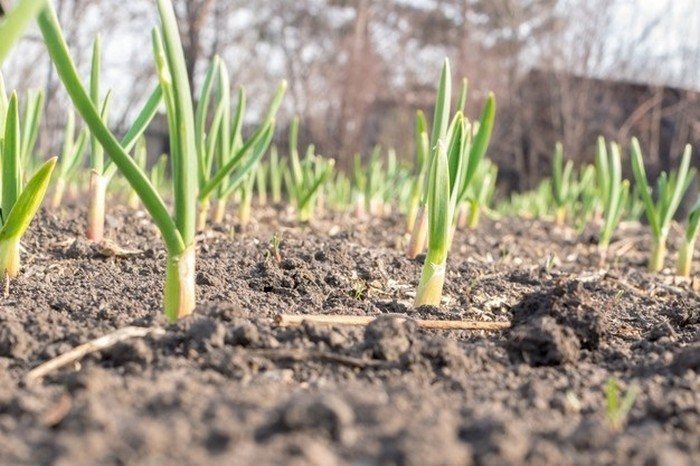
Urea fertilizer is a versatile organic fertilizer that can improve soil quality, provide nitrogen to plants and increase crop yields. Urea can be purchased in dry granular form. The granules are white, they dissolve quickly and are odorless.
Nitrogen-containing fertilizer is used to stimulate the vegetative part, as well as to protect against diseases and pests (aphids, copperheads, weevils). The first feeding is done when the snow has completely melted, the ground has dried and a feather has formed. The second feeding is carried out 14 days after the first application. It is important to strictly follow the prescription, since excess nitrogen is harmful and can give a negative result.
Before fertilizing, loosen the soil and remove weeds. Open up oxygen access to the shoots. It is impossible to loosen deeply; it can cause damage to the root system.
You can feed young garlic in two ways: root and foliar.
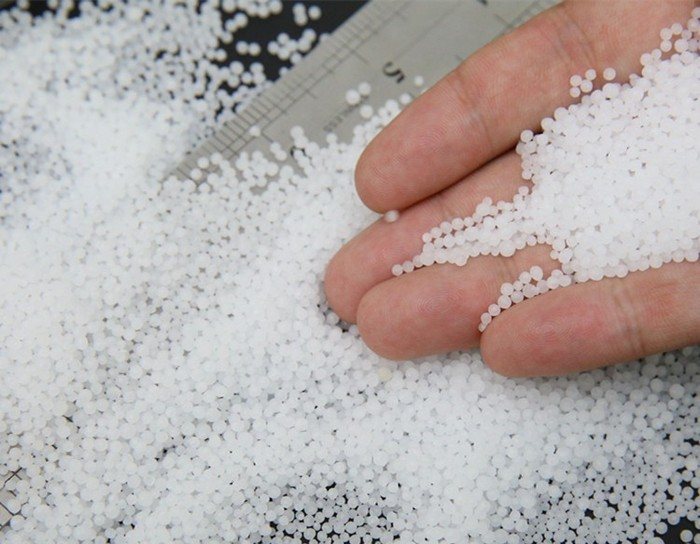
Root feeding
You need to know that this fertilizer should not be used on the soil surface, as there will be no effect.In air, urea decomposes and evaporates.
To feed garlic in this way, you need to make grooves 4 cm deep, add fertilizer and immediately cover the granules with soil.
This method is best done before rain or watering. Rainwater dissolves the granules, thereby helping to deliver nutrients to the garlic roots. If there is no rain, then the bed should be well watered.
Foliar feeding
Urea can be washed out of the soil by moisture and evaporate, so it is recommended to apply it in the form of a solution directly under the root of the plant. Nutrients are introduced into the soil through watering and spraying. It is advisable to water and spray garlic early in the morning.
It is necessary to make a solution: dissolve 1 tablespoon of urea in 10 liters of water. This solution should be used to water a planting area of 1 square meter. m.
Timely application of urea fertilizer will give impetus to the growth and expansion of vegetative mass, increase productivity, and protect garlic from pests and diseases.


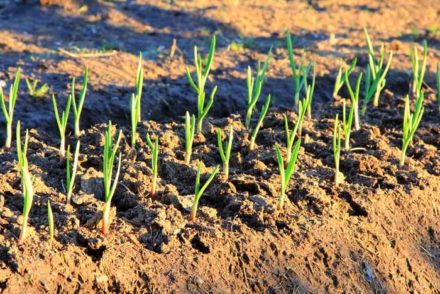
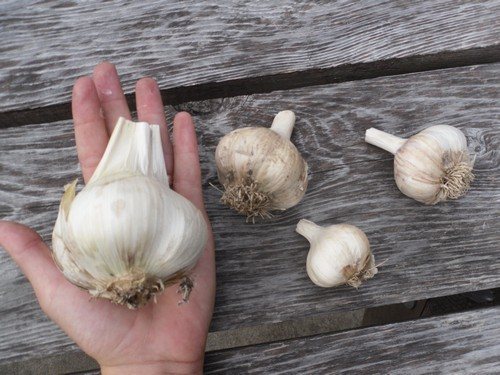
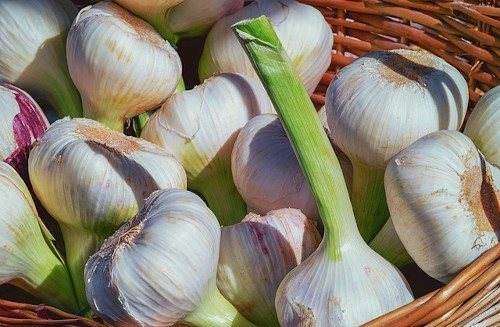
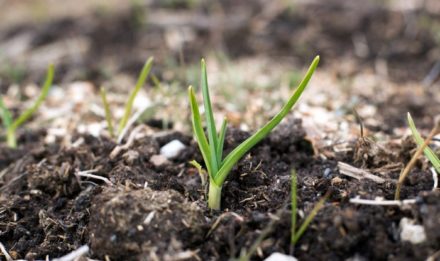
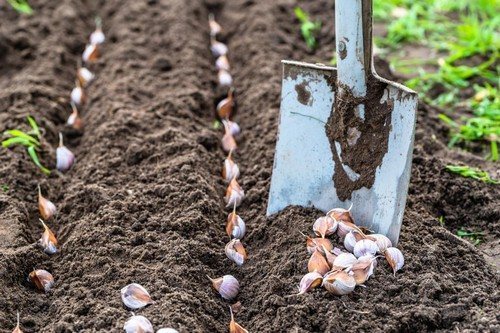

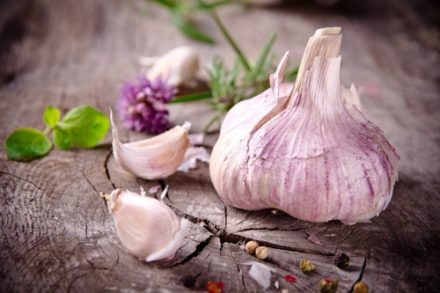
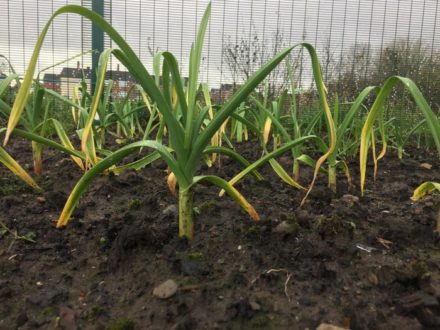
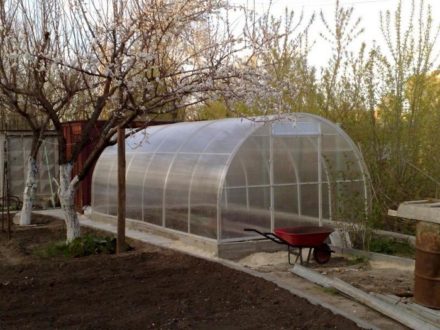
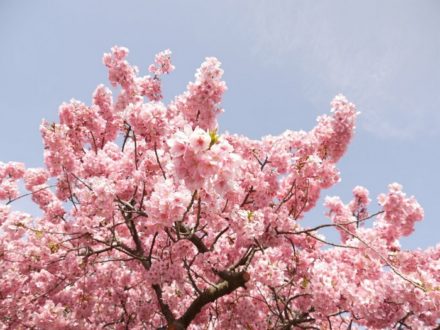
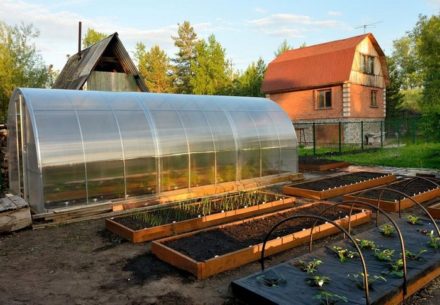
Urea or urea in amide form. And the nitrate form is considered available to plants. Where does the conclusion come from: while urea moves from the amide form to the ammonium form and then to the nitrate form, there will be losses of up to 50%. And food will reach the plants, taking into account the low soil temperature in spring, in 4 weeks at best. I think ammonium nitrate is a better option than urea. Nitrate contains both nitrate and ammonium forms in equal proportions. One drawback: saltpeter acidifies the soil. must be added with fluff of lime.